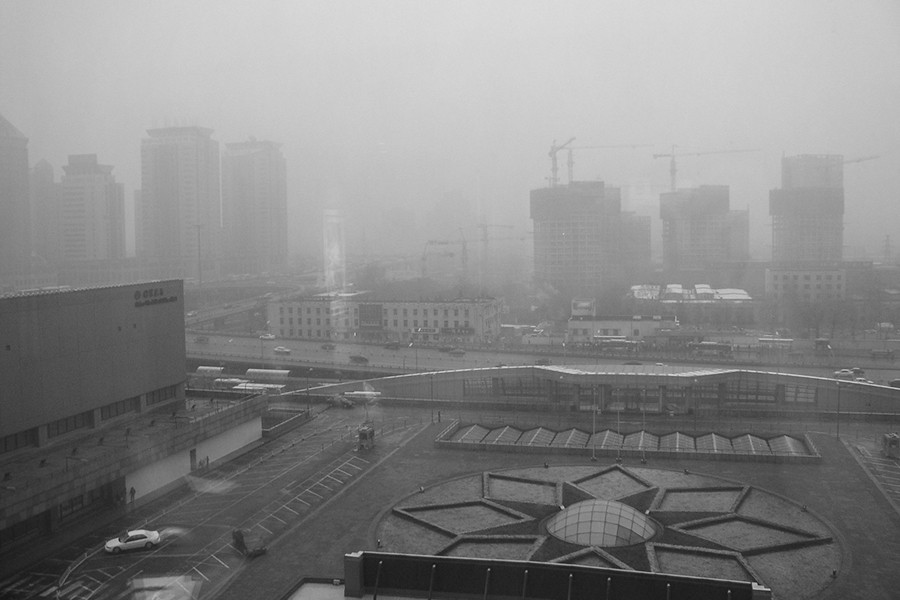Air pollution in China poses a serious threat
From the late 1700s through the 1800s, the nation of Great Britain underwent the process of industrialization. Soon after, the United States and other countries in what would become known as ‘the West’, followed suit. Among other cities, London was notorious for smog that turned day into night. As a result of all of this new industry, there were severe problems with air and water pollution. After realization that this process was unsustainable, efforts were made to reduce the amounts of pollutants that would enter into the environment. For a variety of historical reasons, China began this industrialization process later than the West, largely in the 1900s. And, as once did the West, China now lies in a period of extreme pollution due to this rapid growth in industry. This has caused air-quality levels, especially in the capital city of Beijing, to reach unprecedented heights that are very hazardous.
On Dec. 7, Beijing’s city government issued the first ever “Red Alert” for air pollution. Even though this marked the first time that the smog issue caused the government to temporarily suspend schools, construction, and some industrial plants, the problem has remained severe for the past several years. On a significant number of days, the air quality metric has passed the 250 index mark. On the morning of Dec. 7 when the government issued the Red Alert, the air-quality index was somewhere around 300, which is considered the hazardous level and is almost 10 times higher than the levels recommended by the World Health Organization. When comparing the air-quality index common in China to the United States, it becomes much more obvious how much worse China’s air is. According to the Environmental Protection Agency, it is exceptionally rare for any location in the U.S. to have an air-quality index of 300.
China has already implemented several ways to mitigate the problem with the most important method, providing cars with license plates that are even or odd numbered. Over the course of two days, even-numbered cars are allowed to drive one of the two days and odd-numbered cars are allowed two drive on the other day. This pattern continues throughout the week with Sundays alternating between the two types of cars every week. Failure to comply with this law is a fineable offense.
As part of the Red Alert, citizens were told to wear face masks to help nullify some of the problems, and were recommended to stay indoors, where air is filtered by air conditioning systems, until levels return to normal.
In recent years, China has increased its spending to eliminate pollution as much as possible. In 2014, China spent nearly one trillion yuan (150 billion U.S. dollars) on pollution mitigation efforts. Following this large increase in funding, China has seen a decrease in overall air pollution. However, cold weather traps pollutants and magnifies the problem, leading to the recent Red Alert.
Although China has a substantial pollution issue, the Chinese government is providing significant funding to bring down pollution levels. Perhaps it will become even better than other developed nations in years to come.




